HSBC 2001 Annual Report Download - page 118
Download and view the complete annual report
Please find page 118 of the 2001 HSBC annual report below. You can navigate through the pages in the report by either clicking on the pages listed below, or by using the keyword search tool below to find specific information within the annual report.-
 1
1 -
 2
2 -
 3
3 -
 4
4 -
 5
5 -
 6
6 -
 7
7 -
 8
8 -
 9
9 -
 10
10 -
 11
11 -
 12
12 -
 13
13 -
 14
14 -
 15
15 -
 16
16 -
 17
17 -
 18
18 -
 19
19 -
 20
20 -
 21
21 -
 22
22 -
 23
23 -
 24
24 -
 25
25 -
 26
26 -
 27
27 -
 28
28 -
 29
29 -
 30
30 -
 31
31 -
 32
32 -
 33
33 -
 34
34 -
 35
35 -
 36
36 -
 37
37 -
 38
38 -
 39
39 -
 40
40 -
 41
41 -
 42
42 -
 43
43 -
 44
44 -
 45
45 -
 46
46 -
 47
47 -
 48
48 -
 49
49 -
 50
50 -
 51
51 -
 52
52 -
 53
53 -
 54
54 -
 55
55 -
 56
56 -
 57
57 -
 58
58 -
 59
59 -
 60
60 -
 61
61 -
 62
62 -
 63
63 -
 64
64 -
 65
65 -
 66
66 -
 67
67 -
 68
68 -
 69
69 -
 70
70 -
 71
71 -
 72
72 -
 73
73 -
 74
74 -
 75
75 -
 76
76 -
 77
77 -
 78
78 -
 79
79 -
 80
80 -
 81
81 -
 82
82 -
 83
83 -
 84
84 -
 85
85 -
 86
86 -
 87
87 -
 88
88 -
 89
89 -
 90
90 -
 91
91 -
 92
92 -
 93
93 -
 94
94 -
 95
95 -
 96
96 -
 97
97 -
 98
98 -
 99
99 -
 100
100 -
 101
101 -
 102
102 -
 103
103 -
 104
104 -
 105
105 -
 106
106 -
 107
107 -
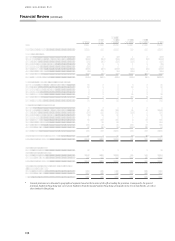 108
108 -
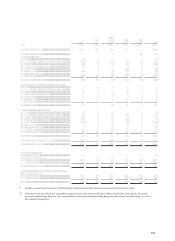 109
109 -
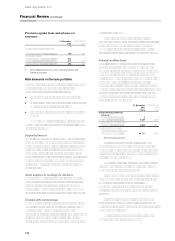 110
110 -
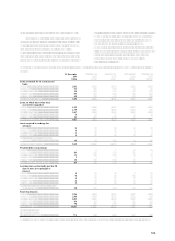 111
111 -
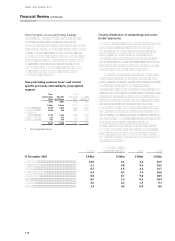 112
112 -
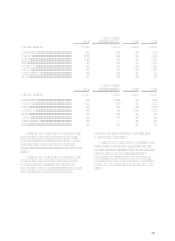 113
113 -
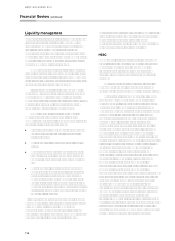 114
114 -
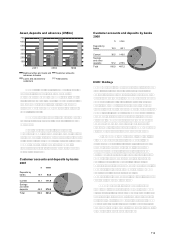 115
115 -
 116
116 -
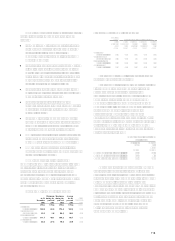 117
117 -
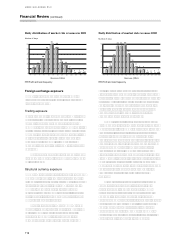 118
118 -
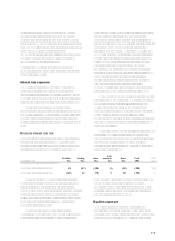 119
119 -
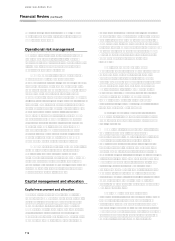 120
120 -
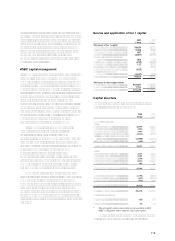 121
121 -
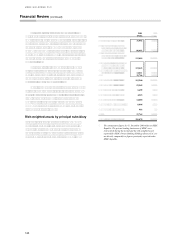 122
122 -
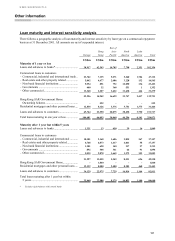 123
123 -
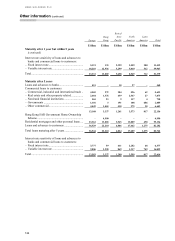 124
124 -
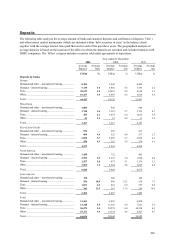 125
125 -
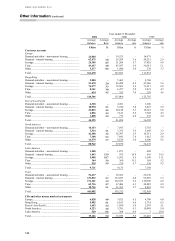 126
126 -
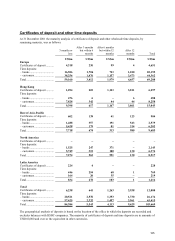 127
127 -
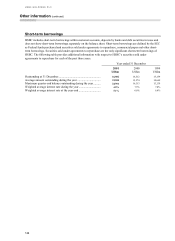 128
128 -
 129
129 -
 130
130 -
 131
131 -
 132
132 -
 133
133 -
 134
134 -
 135
135 -
 136
136 -
 137
137 -
 138
138 -
 139
139 -
 140
140 -
 141
141 -
 142
142 -
 143
143 -
 144
144 -
 145
145 -
 146
146 -
 147
147 -
 148
148 -
 149
149 -
 150
150 -
 151
151 -
 152
152 -
 153
153 -
 154
154 -
 155
155 -
 156
156 -
 157
157 -
 158
158 -
 159
159 -
 160
160 -
 161
161 -
 162
162 -
 163
163 -
 164
164 -
 165
165 -
 166
166 -
 167
167 -
 168
168 -
 169
169 -
 170
170 -
 171
171 -
 172
172 -
 173
173 -
 174
174 -
 175
175 -
 176
176 -
 177
177 -
 178
178 -
 179
179 -
 180
180 -
 181
181 -
 182
182 -
 183
183 -
 184
184 -
 185
185 -
 186
186 -
 187
187 -
 188
188 -
 189
189 -
 190
190 -
 191
191 -
 192
192 -
 193
193 -
 194
194 -
 195
195 -
 196
196 -
 197
197 -
 198
198 -
 199
199 -
 200
200 -
 201
201 -
 202
202 -
 203
203 -
 204
204 -
 205
205 -
 206
206 -
 207
207 -
 208
208 -
 209
209 -
 210
210 -
 211
211 -
 212
212 -
 213
213 -
 214
214 -
 215
215 -
 216
216 -
 217
217 -
 218
218 -
 219
219 -
 220
220 -
 221
221 -
 222
222 -
 223
223 -
 224
224 -
 225
225 -
 226
226 -
 227
227 -
 228
228 -
 229
229 -
 230
230 -
 231
231 -
 232
232 -
 233
233 -
 234
234 -
 235
235 -
 236
236 -
 237
237 -
 238
238 -
 239
239 -
 240
240 -
 241
241 -
 242
242 -
 243
243 -
 244
244 -
 245
245 -
 246
246 -
 247
247 -
 248
248 -
 249
249 -
 250
250 -
 251
251 -
 252
252 -
 253
253 -
 254
254 -
 255
255 -
 256
256 -
 257
257 -
 258
258 -
 259
259 -
 260
260 -
 261
261 -
 262
262 -
 263
263 -
 264
264 -
 265
265 -
 266
266 -
 267
267 -
 268
268 -
 269
269 -
 270
270 -
 271
271 -
 272
272 -
 273
273 -
 274
274 -
 275
275 -
 276
276 -
 277
277 -
 278
278 -
 279
279 -
 280
280 -
 281
281 -
 282
282 -
 283
283 -
 284
284
 |
 |
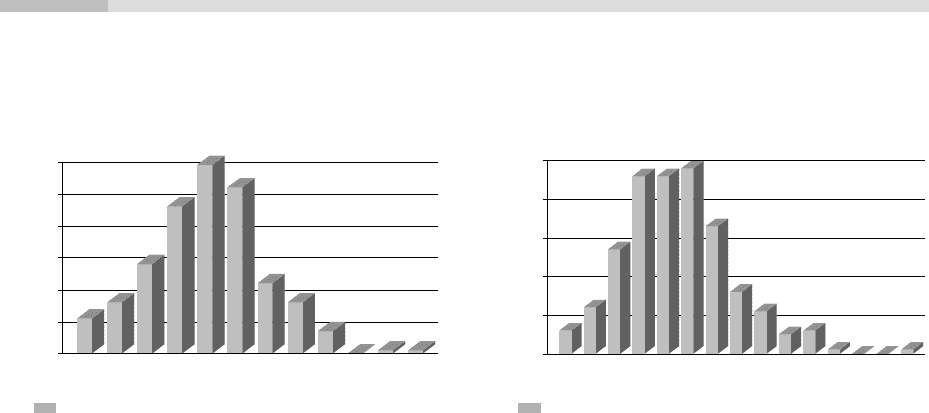
HSBC HOLDINGS PLC
Financial Review (continued)
116
Daily distribution of market risk revenues in 2001 Daily distribution of market risk revenues 2000
Profit and loss frequency
Foreign exchange exposure
HSBCs foreign exchange exposures comprise
trading exposures and structural foreign currency
translation exposure.
Trading exposure
Foreign exchange trading exposures comprise those
which arise from foreign exchange dealing within
Treasury, and currency exposures originated by
commercial banking businesses in HSBC. The latter
are transferred to local treasury units where they are
managed, together with exposures which result from
dealing activities, within limits approved by the
Group Executive Committee. VAR on foreign
exchange trading positions is shown in the table on
page 115.
The average one-day foreign exchange revenue
in 2001 was US$3.0 million compared with US$2.8
million in 2000.
Structural currency exposure
HSBCs main operations are in the United Kingdom,
Hong Kong, France, the United States and Brazil,
although it also has operations elsewhere in Europe,
the rest of Asia-Pacific, North America and Latin
America. The main operating (or functional)
currencies in which HSBCs business is transacted
are, therefore, sterling, Hong Kong dollars, euros,
US dollars and Brazilian reais.
Since the currency in which HSBC Holdings
prepares its consolidated financial statements is US
dollars, HSBCs consolidated balance sheet is
affected by movements in the exchange rates
between these functional currencies and the US
Profit and loss frequency
dollar. These currency exposures are referred to as
structural currency exposures. Translation gains and
losses arising from these exposures are recognised in
the statement of total consolidated recognised gains
and losses. These exposures are represented by the
net asset value of the foreign currency equity and
subordinated debt investments in subsidiaries,
branches and associated undertakings.
HSBCs structural foreign currency exposures
are managed with the primary objective of ensuring,
where practical, that HSBCs and individual banking
subsidiaries tier 1 capital ratios are protected from
the effect of changes in exchange rates. This is
usually achieved by holding qualifying tier 1 capital
broadly in proportion to the corresponding foreign-
currency-denominated risk-weighted assets at a
subsidiary bank level. HSBC considers hedging
structural foreign currency exposures only in limited
circumstances, to protect the tier 1 capital ratio or the
US dollar value of capital invested. Such hedging
would be undertaken using forward foreign exchange
contracts or by financing with borrowings in the
same currencies as the functional currencies
involved.
As subsidiaries are generally able to balance
adequately foreign currency tier 1 capital with
foreign currency risk-weighted assets, HSBCs
foreign currency structural exposures are usually
unhedged, including exposures due to foreign-
currency-denominated profits arising during the year.
Selective hedges were, however, transacted during
2001. There was no material effect from foreign
currency exchange rate movements on HSBC or,
outside of Argentina, subsidiary tier 1 capital ratios
during the year. In Argentina the mandatory
6
12
27
46 46 48
33
16
11
56
1001
0
10
20
30
40
50
Number of days
0 2 4 6 8 1012141618202224262830
Revenues (US$m)
11
16
28
46
59 52
22
16
7
011
0
10
20
30
40
50
60
Number of days
-4 0 4 8 121620242832364044
Rev enu es (US$ m)
